Cloudflare mitigates biggest ever HTTPS DDoS attack
A botnet generated over 212 million HTTPS requests from over 1,500 networks in 121 countries
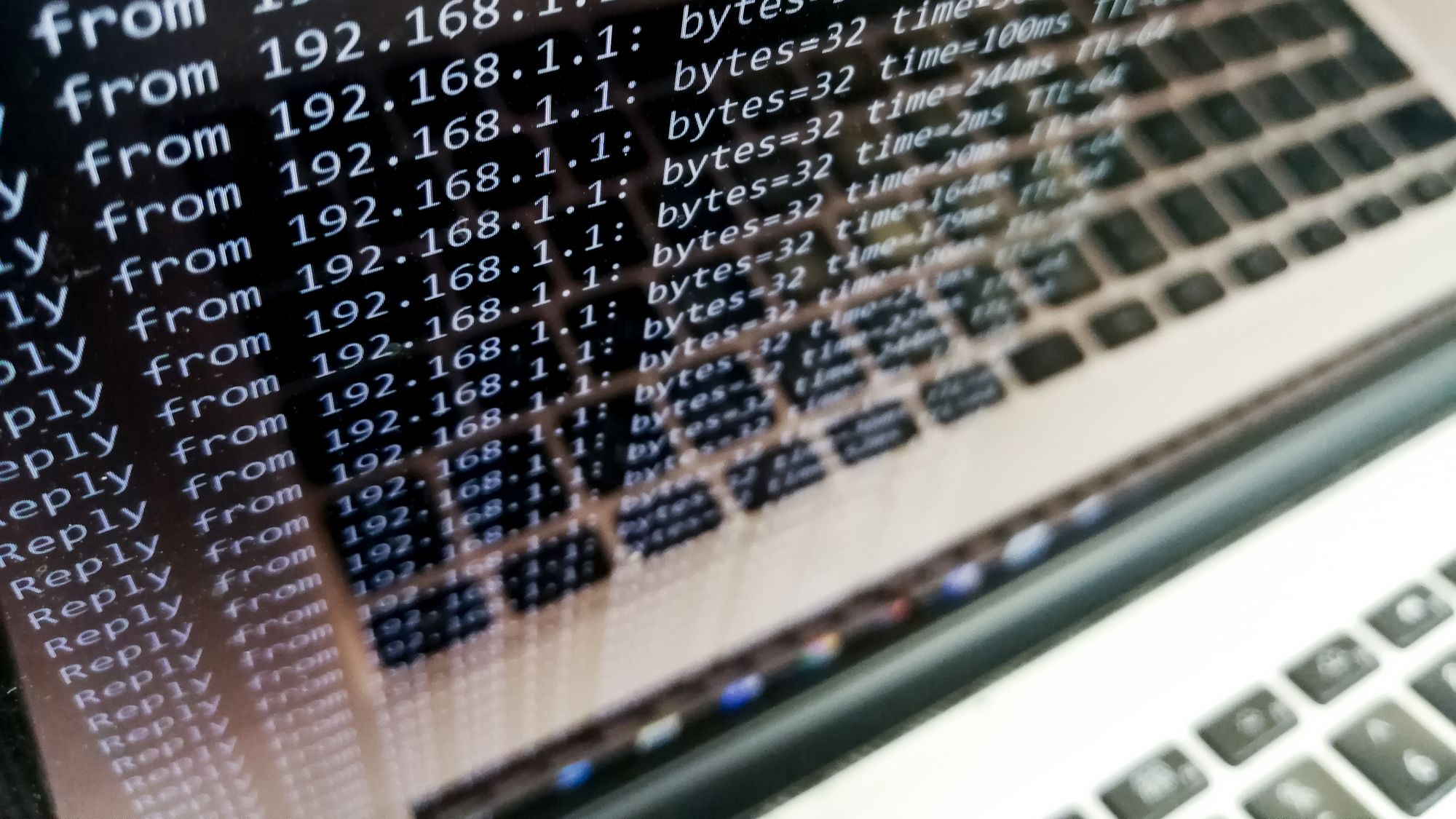

Cloudflare automatically detected and mitigated a 26 million request per second (rps) DDoS attack, which it claims is the largest HTTPS DDoS attack on record.
The attack targeted a customer website using Cloudflare’s Free plan last week, the company revealed. The attack originated mostly from Cloud Service Providers instead of Residential Internet Service Providers, which the company said indicates the use of hijacked virtual machines and powerful servers to generate the attack, instead of much weaker Internet of Things (IoT) devices.
The 26M rps DDoS attack also originated from a small but powerful botnet of 5,067 devices. Each node generated around 5,200 rps at peak. Cloudflare compared this to a larger botnet of 730,000 devices it has been tracking. The larger botnet wasn’t able to generate more than one million requests per second, which is around 1.3 requests per second on average per device for example. On average, the 26M rps botnet was 4,000 times stronger due to its use of virtual machines and servers.
The company added that it’s worth noting the attack was over HTTPS. “HTTPS DDoS attacks are more expensive in terms of required computational resources because of the higher cost of establishing a secure TLS encrypted connection,” said Cloudflare. “Therefore, it costs the attacker more to launch the attack, and for the victim to mitigate it. We’ve seen very large attacks in the past over (unencrypted) HTTP, but this attack stands out because of the resources it required at its scale.”
Within less than 30 seconds, the botnet generated over 212 million HTTPS requests from over 1,500 networks in 121 countries. The top countries were Indonesia, the United States, Brazil and Russia, with about 3% of the attacks coming through Tor nodes. The top source networks were the French-based OVH, the Indonesian Telkomnet, the US-based iboss, and the Libyan Ajeel.
RELATED RESOURCE
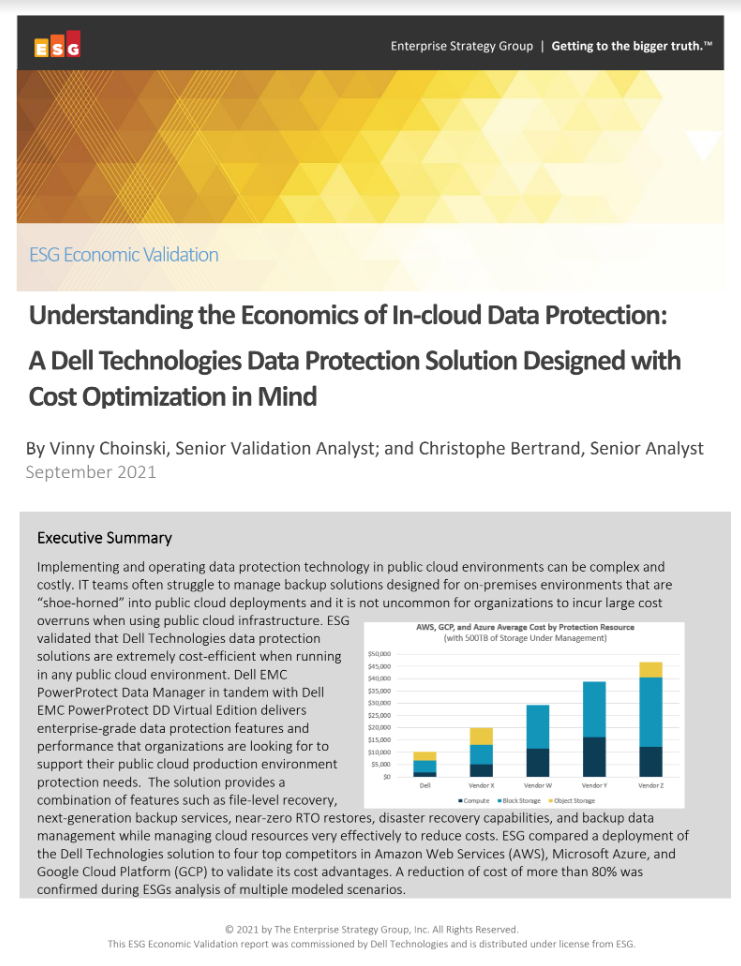
Understanding the economics of in-cloud data protection
Data protection solutions designed with cost optimisation in mind
Cloudflare pointed out that its recent DDoS Trends report shows that most of the attacks are small, like cyber vandalism, However, even small attacks can severely impact unprotected Internet properties. It added that large attacks are growing in size and frequency, but remain short and rapid. Attackers concentrate their botnet’s power to try and wreak havoc with a single quick knockout blow, trying to avoid detection.
The company highlighted some of the record-breaking attacks it witnessed over the past year. In August 2021, it disclosed a 17.2M rps HTTP DDoS attack, and more recently in April 2022, a 15M rps HTTPS DDoS attack.
Get the ITPro daily newsletter
Sign up today and you will receive a free copy of our Future Focus 2025 report - the leading guidance on AI, cybersecurity and other IT challenges as per 700+ senior executives
Zach Marzouk is a former ITPro, CloudPro, and ChannelPro staff writer, covering topics like security, privacy, worker rights, and startups, primarily in the Asia Pacific and the US regions. Zach joined ITPro in 2017 where he was introduced to the world of B2B technology as a junior staff writer, before he returned to Argentina in 2018, working in communications and as a copywriter. In 2021, he made his way back to ITPro as a staff writer during the pandemic, before joining the world of freelance in 2022.
-
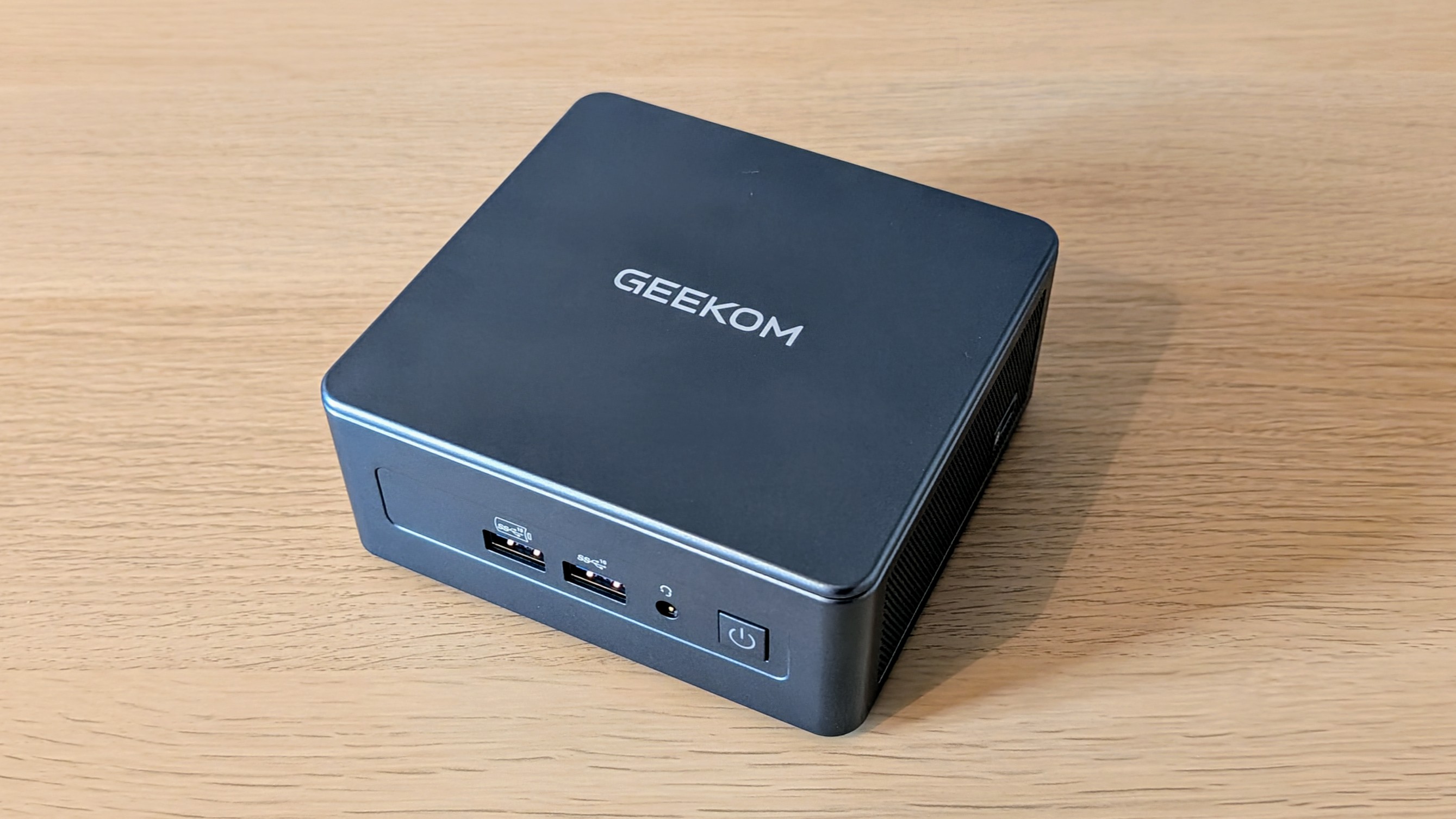 Geekom Mini IT13 Review
Geekom Mini IT13 ReviewReviews It may only be a mild update for the Mini IT13, but a more potent CPU has made a good mini PC just that little bit better
By Alun Taylor
-
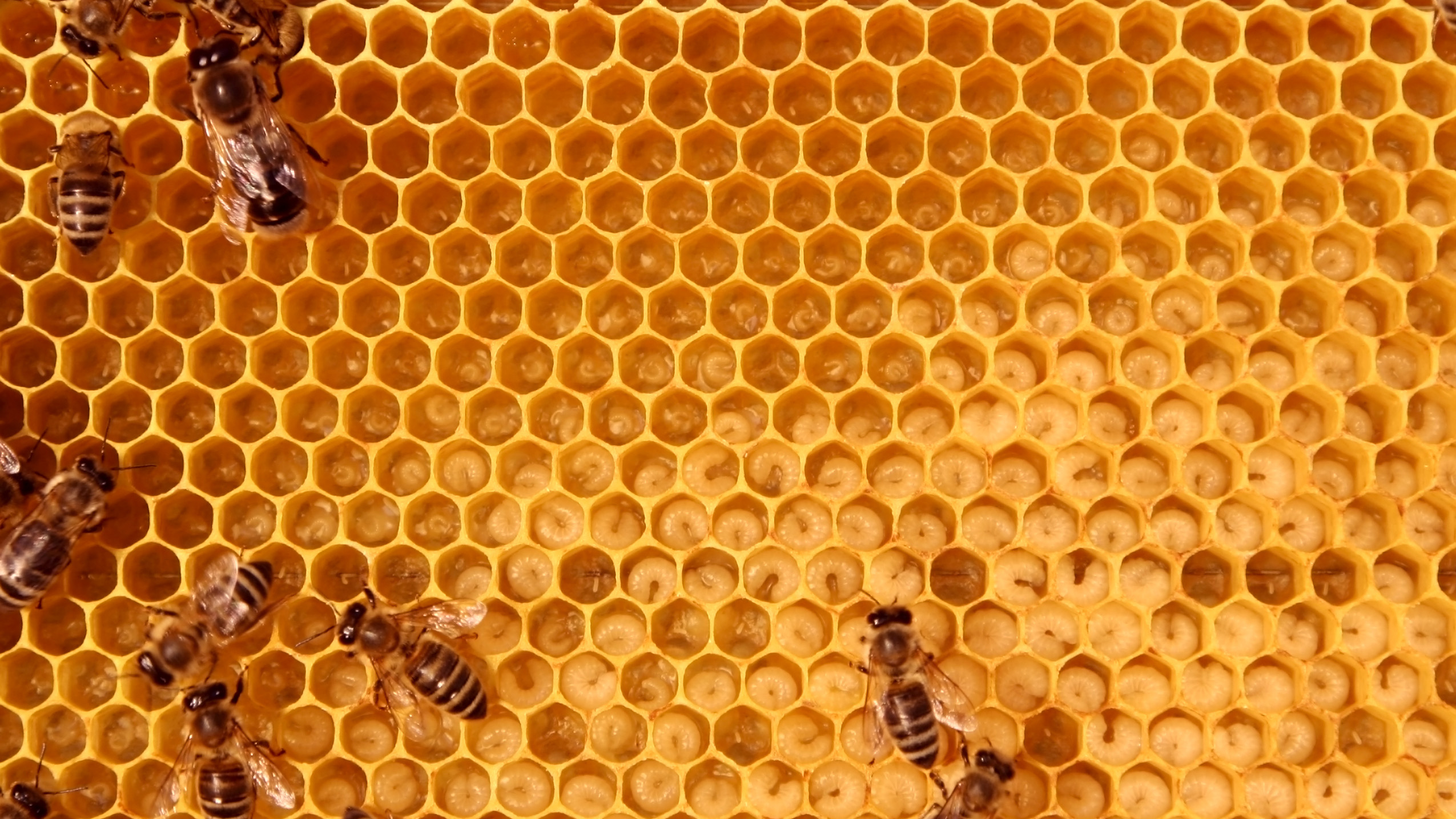 Why AI researchers are turning to nature for inspiration
Why AI researchers are turning to nature for inspirationIn-depth From ant colonies to neural networks, researchers are looking to nature to build more efficient, adaptable, and resilient systems
By David Howell
-
 UK crime fighters wrangle “several thousand” potential cyber criminals in DDoS-for-hire honeypot
UK crime fighters wrangle “several thousand” potential cyber criminals in DDoS-for-hire honeypotNews The sting follows a recent crackdown on DDoS-for-hire services globally
By Ross Kelly
-
 US begins seizure of 48 DDoS-for-hire services following global investigation
US begins seizure of 48 DDoS-for-hire services following global investigationNews Six people have been arrested who allegedly oversaw computer attacks launched using booters
By Zach Marzouk
-
 Will triple extortion ransomware truly take off?
Will triple extortion ransomware truly take off?In-depth Operators are now launching attacks with three extortion layers, but there are limitations to this model
By Connor Jones
-
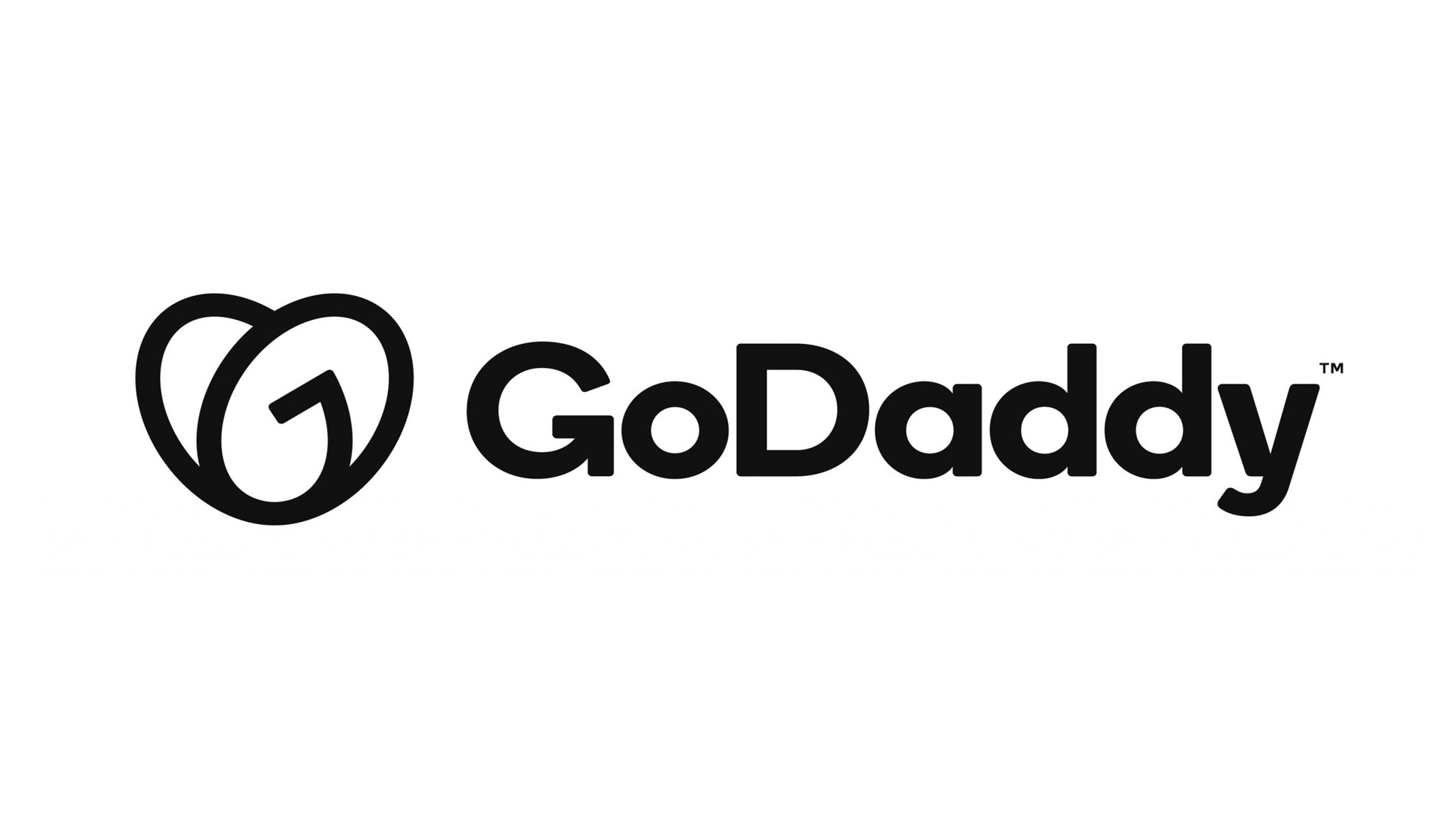 GoDaddy web hosting review
GoDaddy web hosting reviewReviews GoDaddy web hosting is backed by competitive prices and a beginner-friendly dashboard, and while popular, beware of hidden prices
By Daniel Blechynden
-
 Japan investigates potential Russian Killnet cyber attacks
Japan investigates potential Russian Killnet cyber attacksNews The hacker group has said it’s revolting against the country’s militarism and that it’s “kicking the samurai”
By Zach Marzouk
-
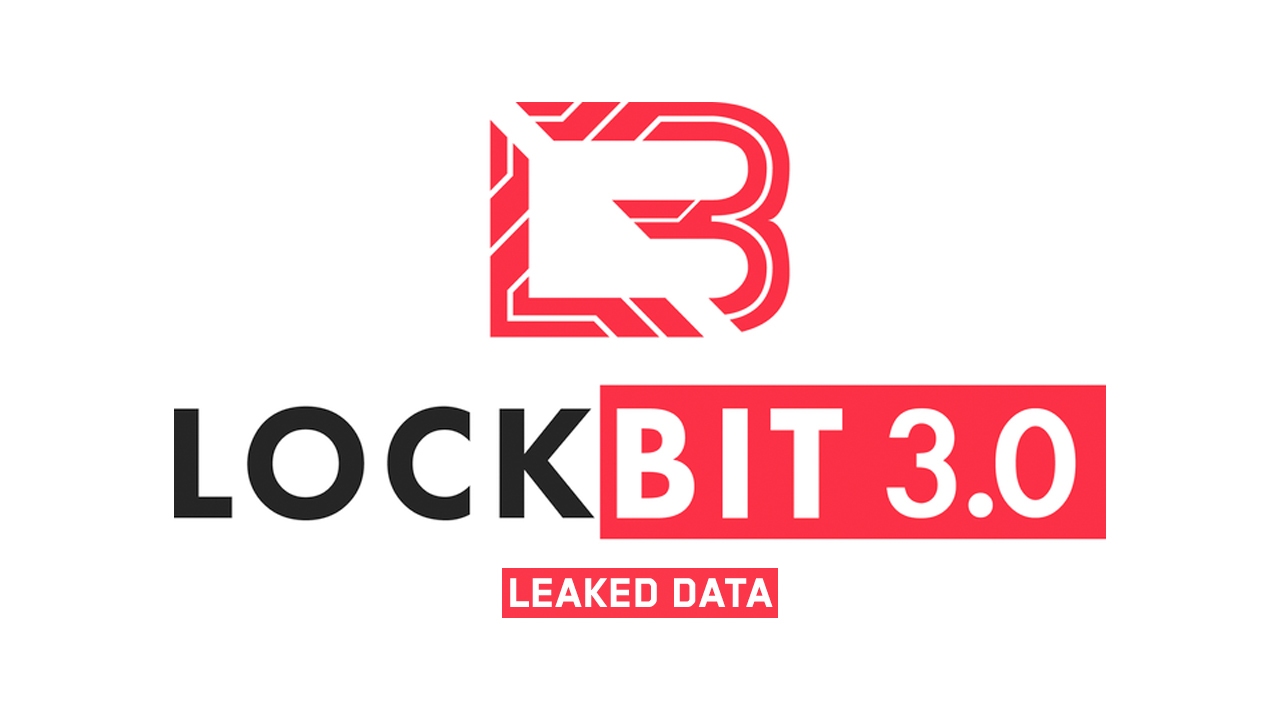 LockBit hacking group to be 'more aggressive' after falling victim to large-scale DDoS attack
LockBit hacking group to be 'more aggressive' after falling victim to large-scale DDoS attackNews The ransomware group is currently embroiled in a battle after it leaked data belonging to cyber security company Entrust
By Connor Jones
-
 Record for the largest ever HTTPS DDoS attack smashed once again
Record for the largest ever HTTPS DDoS attack smashed once againNews The DDoS attack lasted 69 minutes and surpassed the previous record of 26 million RPS
By Praharsha Anand
-
 Cloudflare unveils new One Partner Program with zero trust at its core
Cloudflare unveils new One Partner Program with zero trust at its coreNews Cloudflare CEO Matthew Prince says the initiative aims to take the complexity out of zero trust architecture
By Daniel Todd